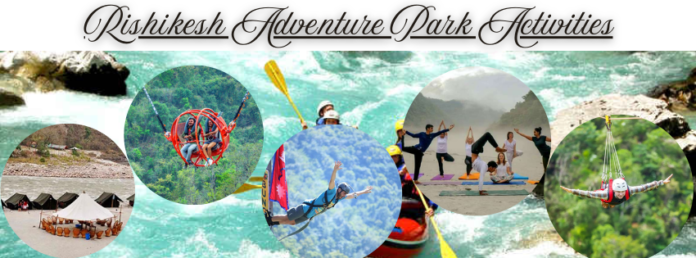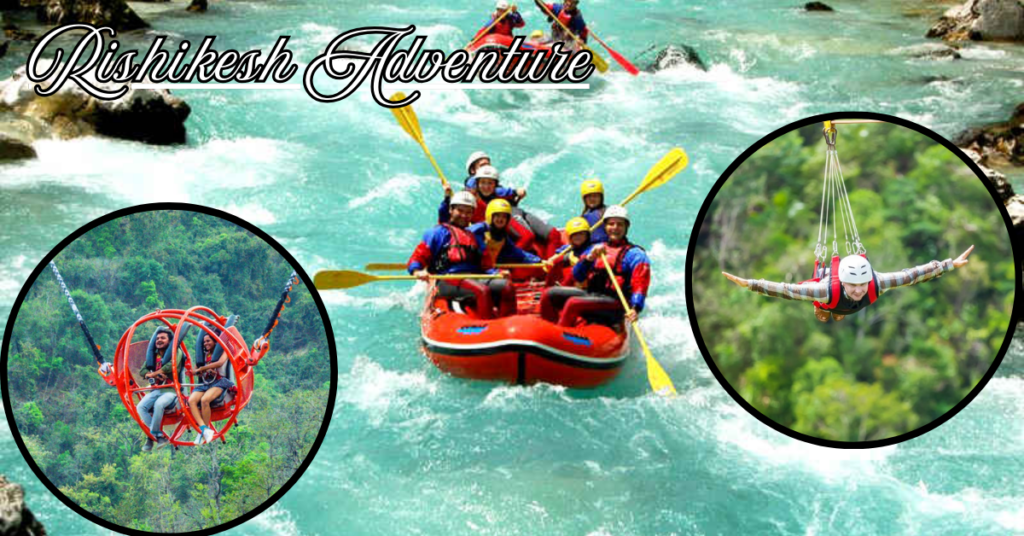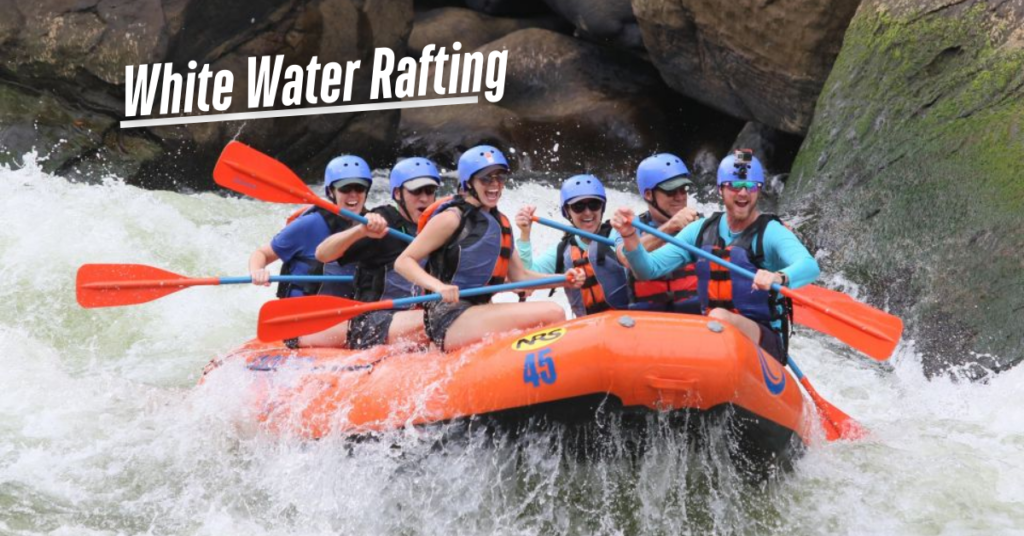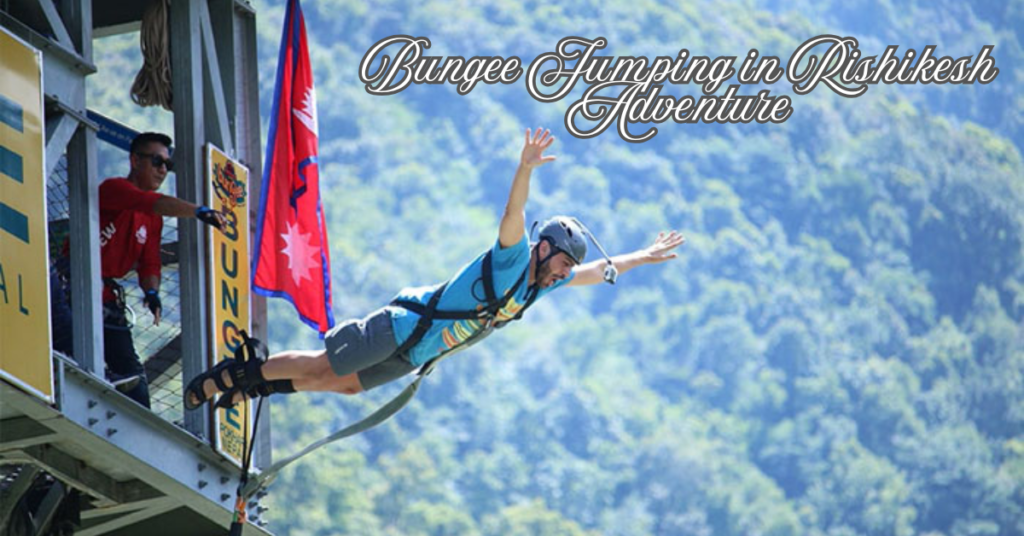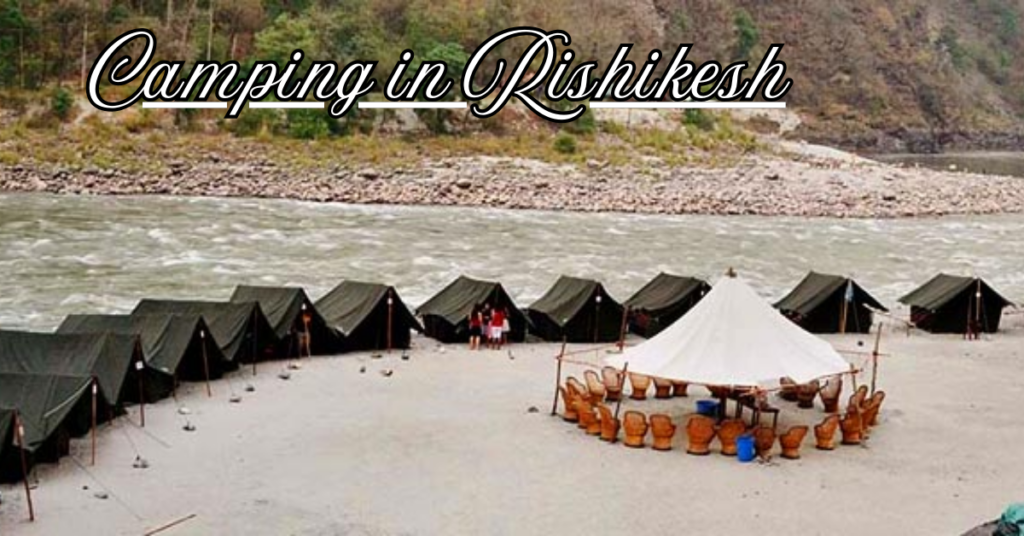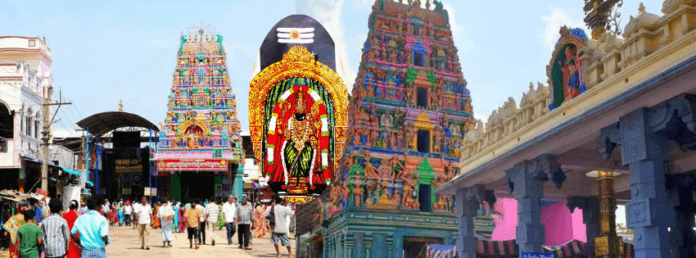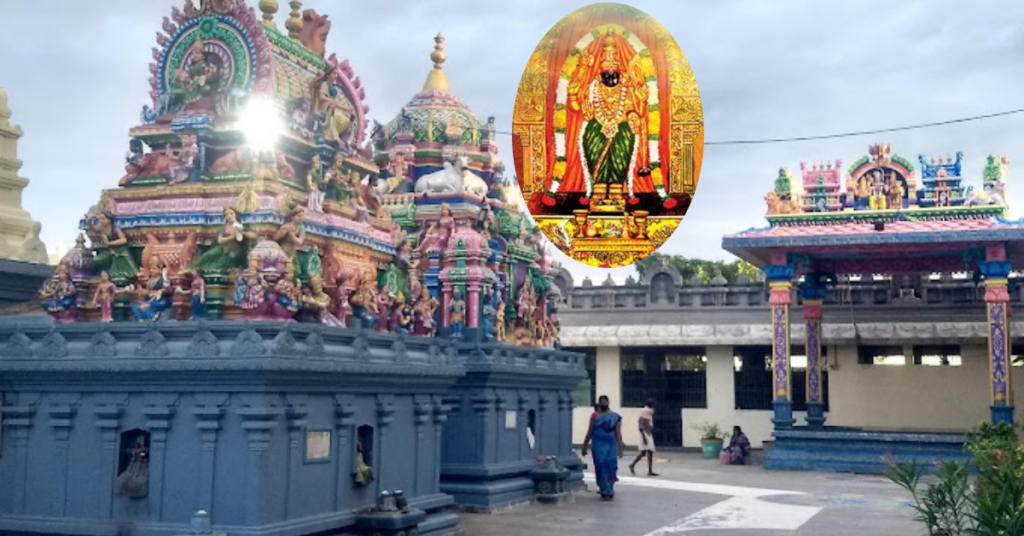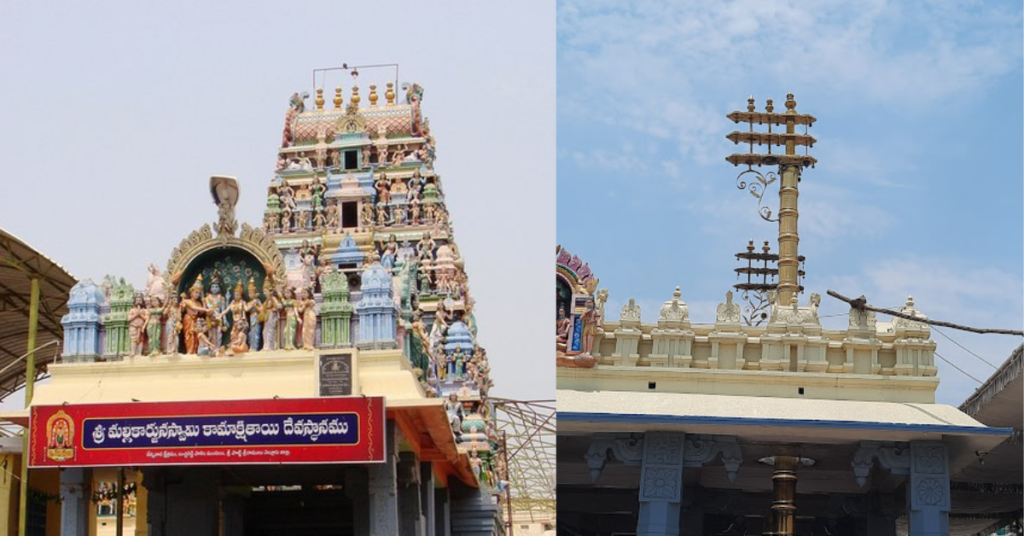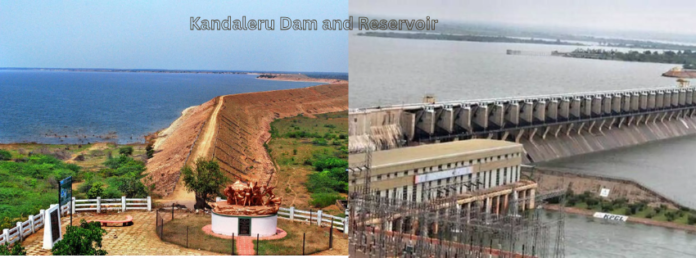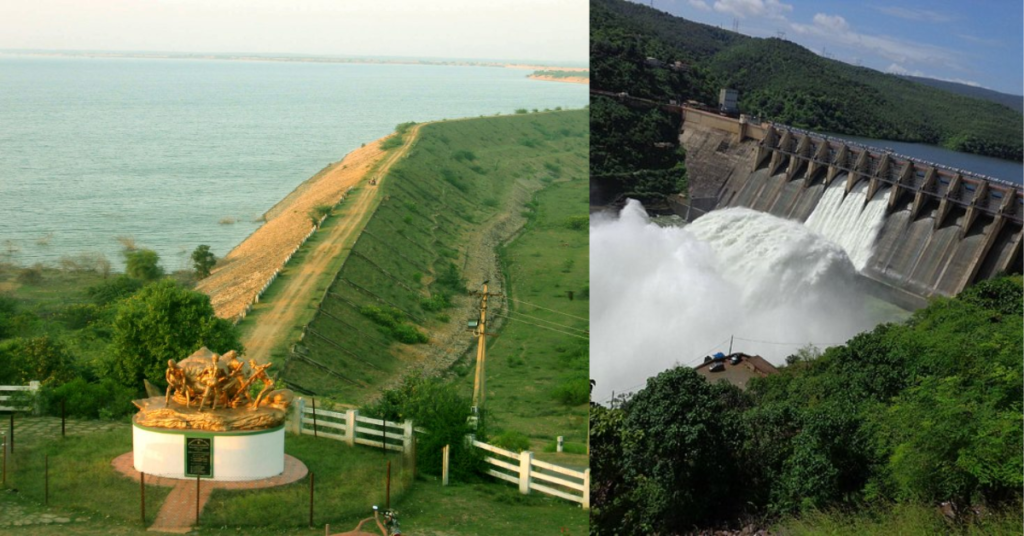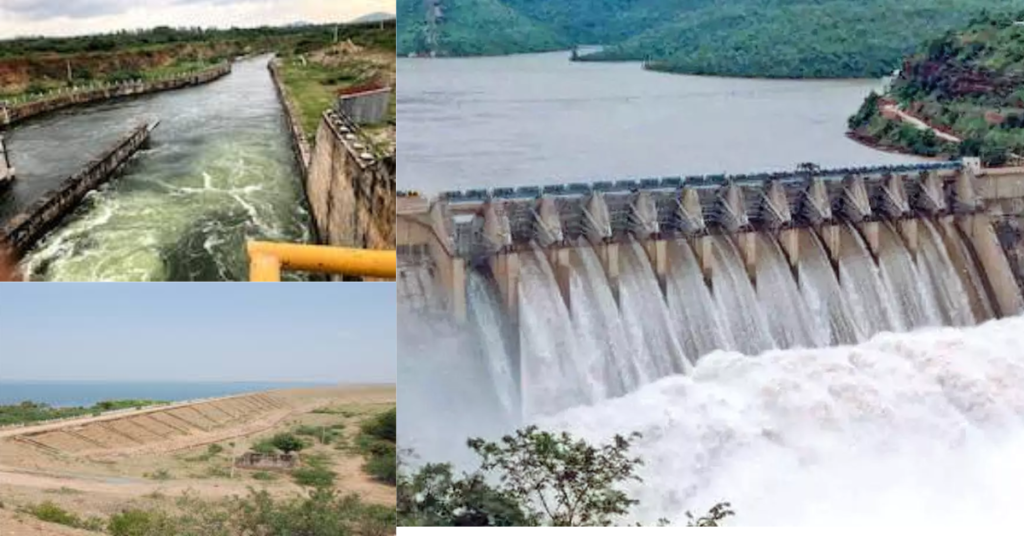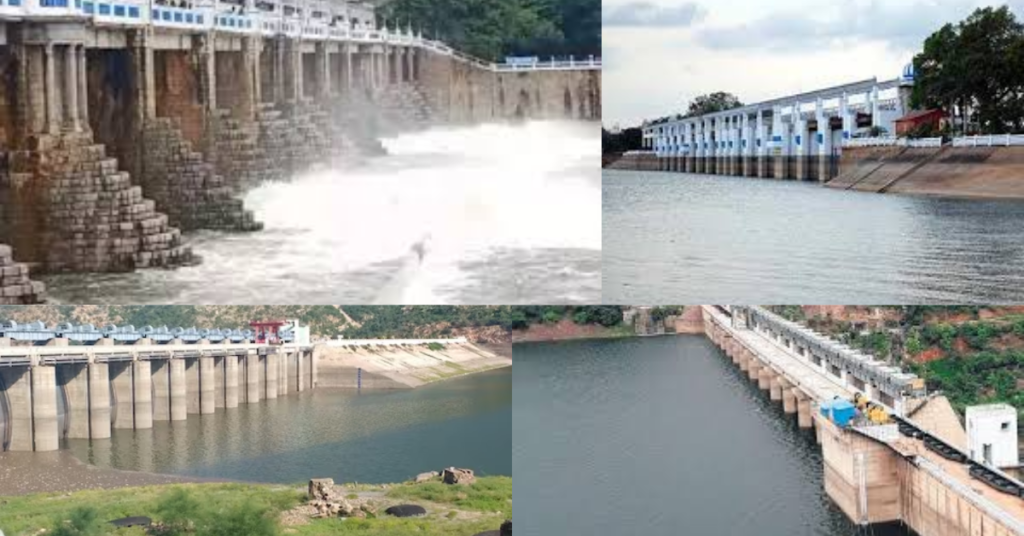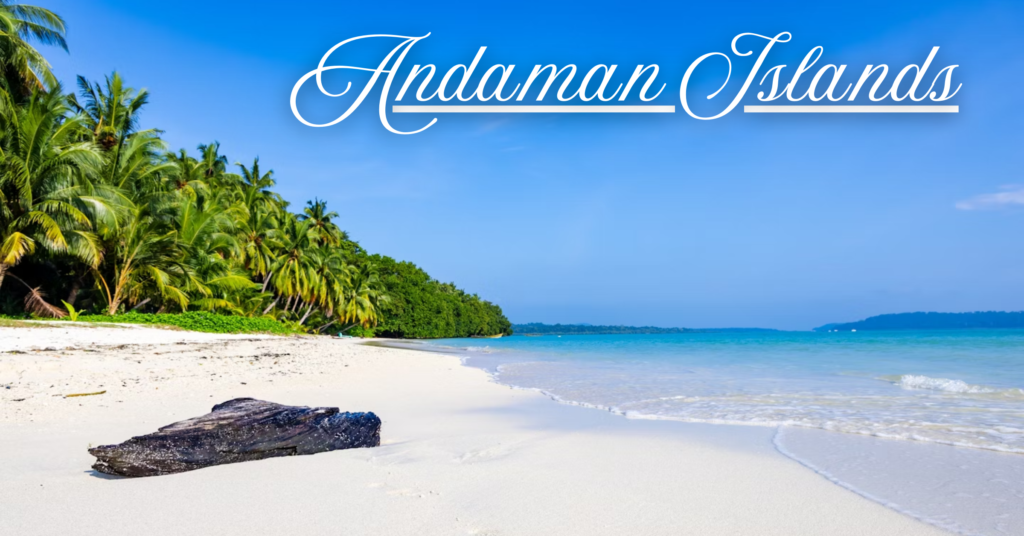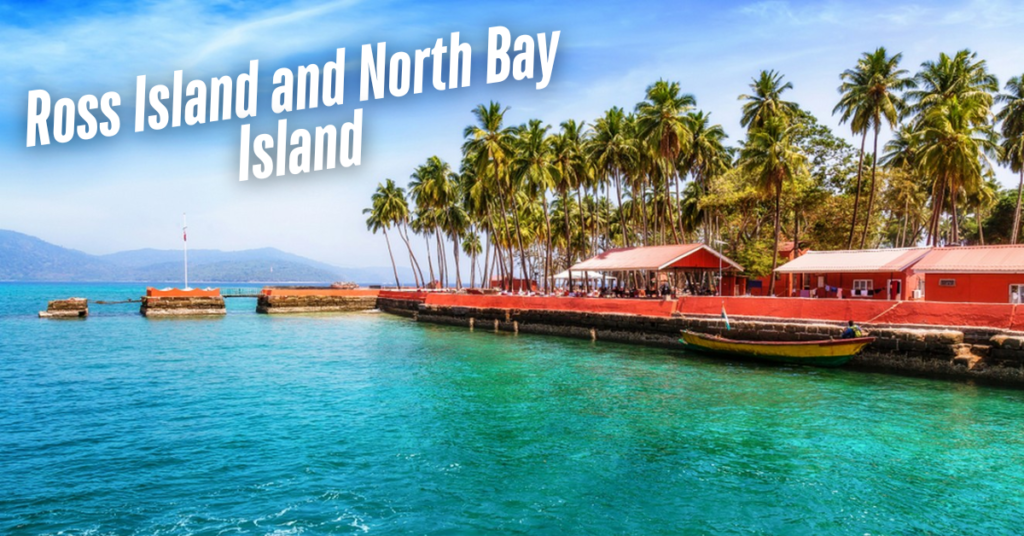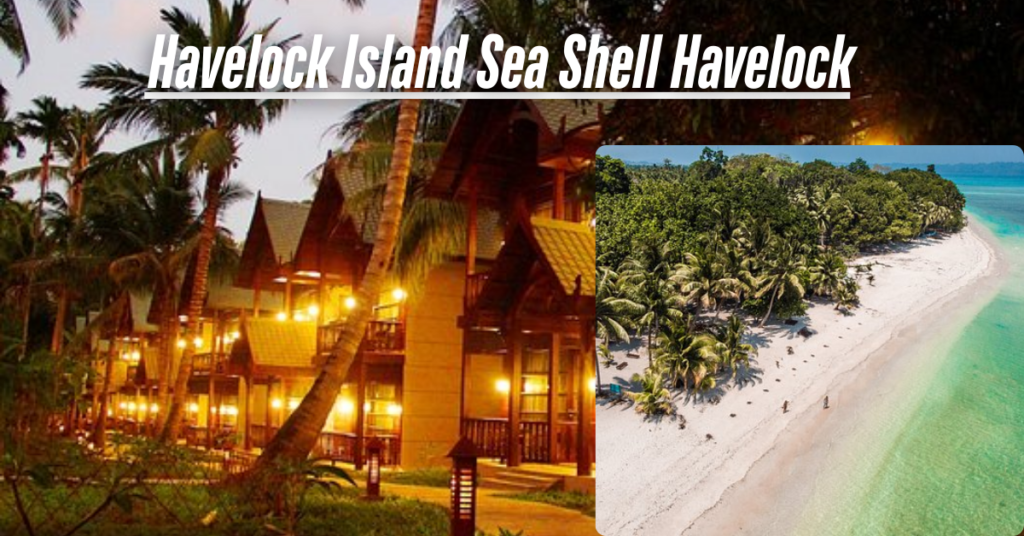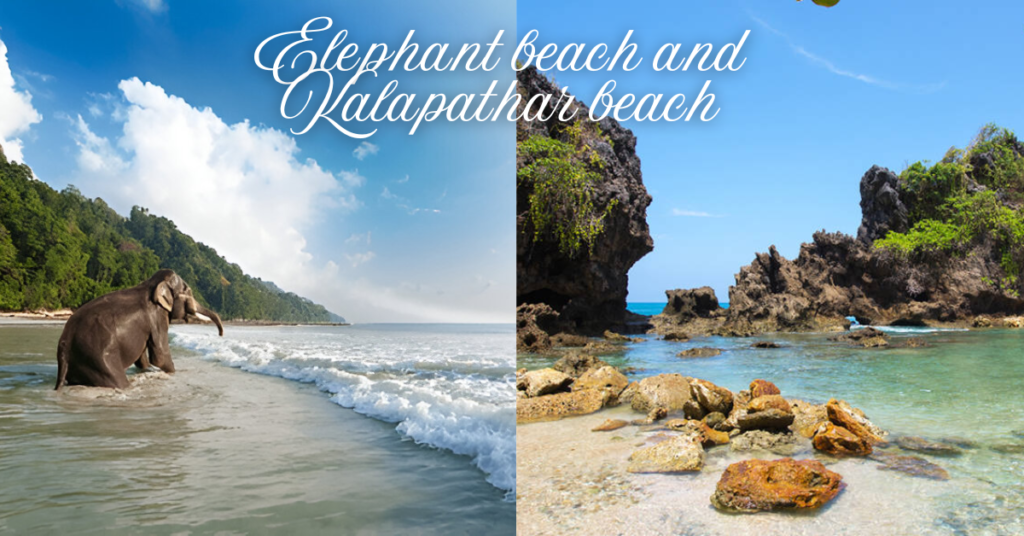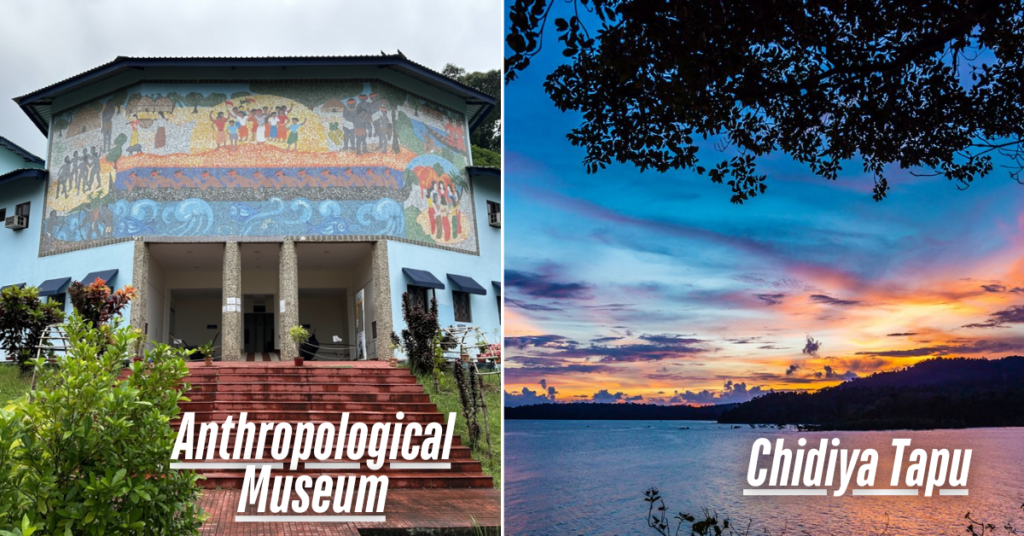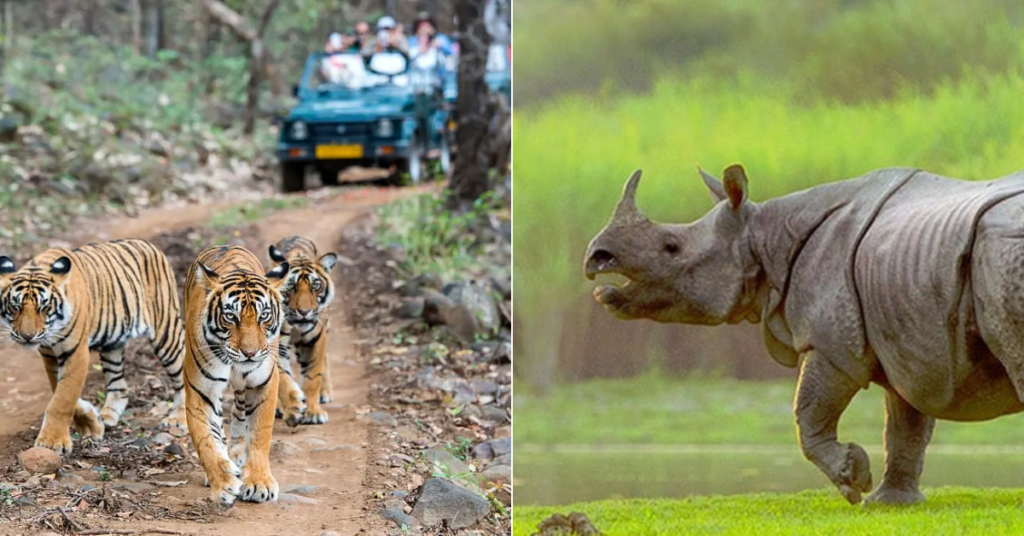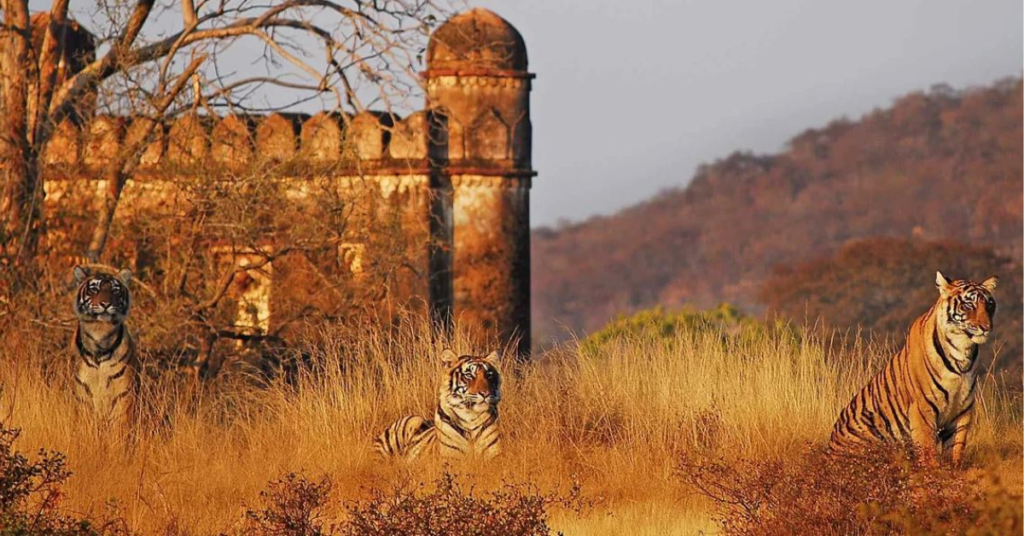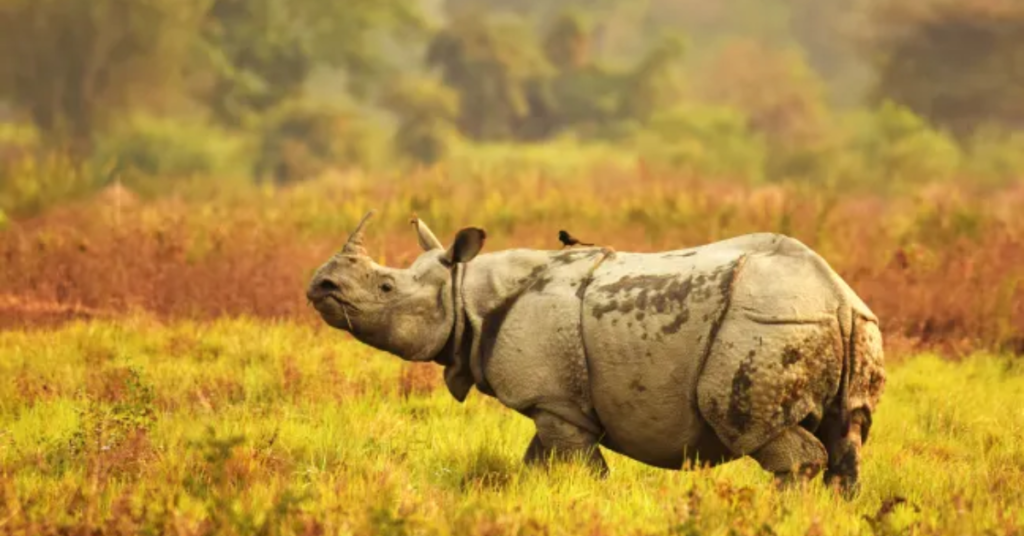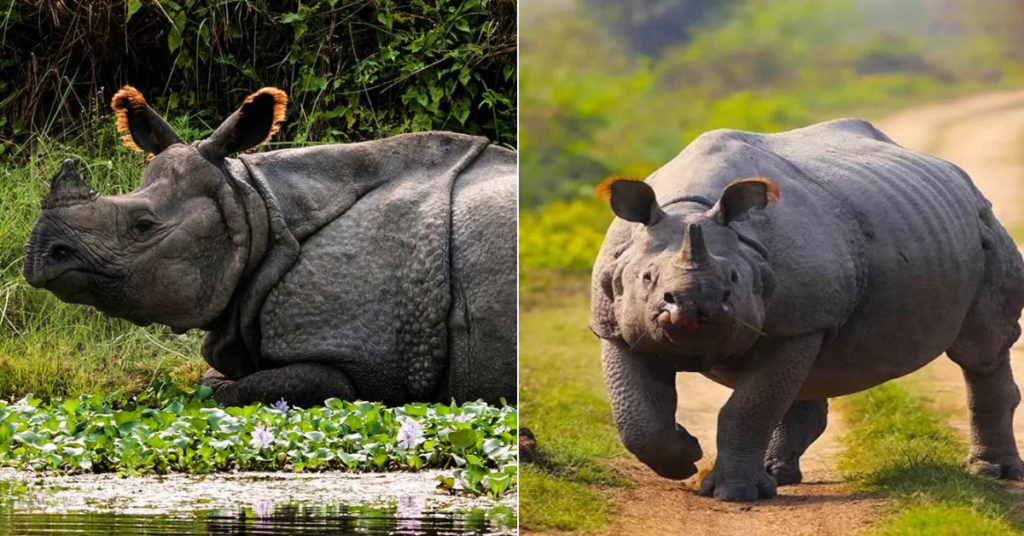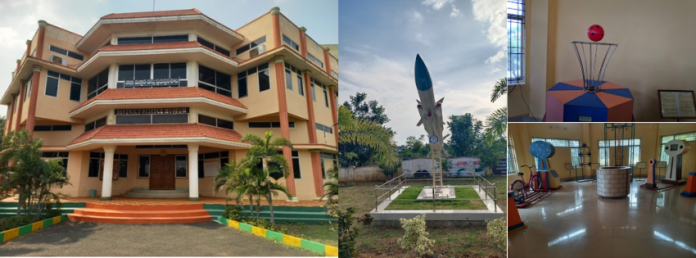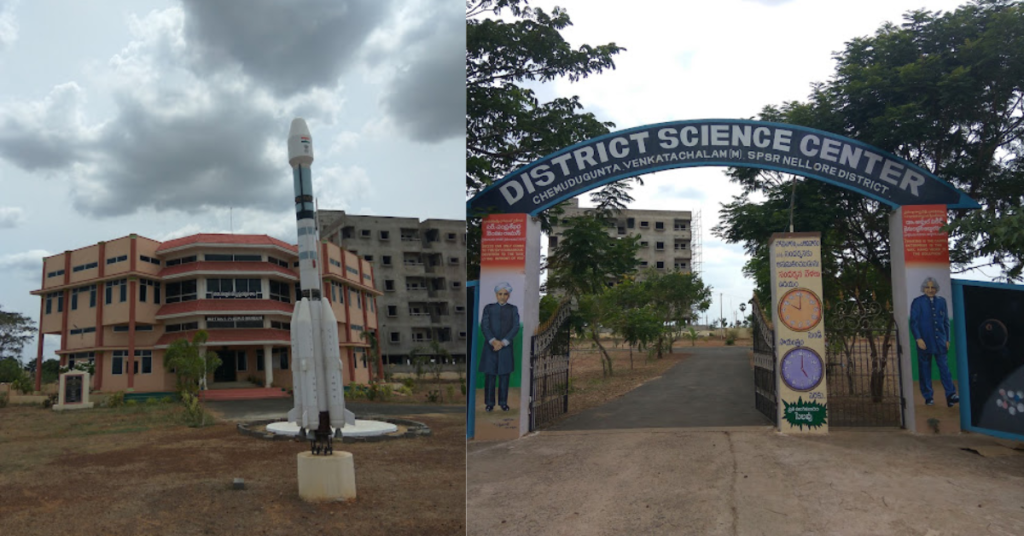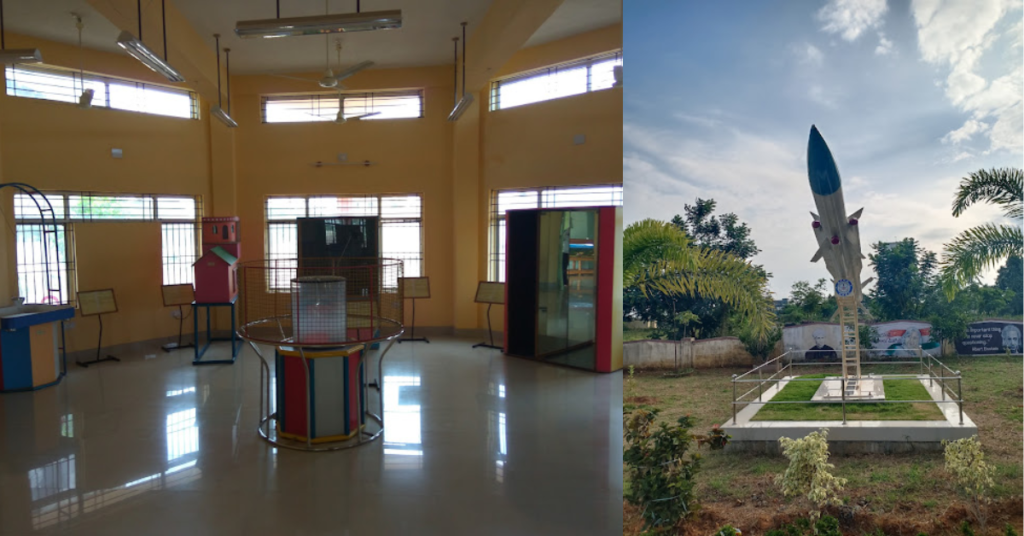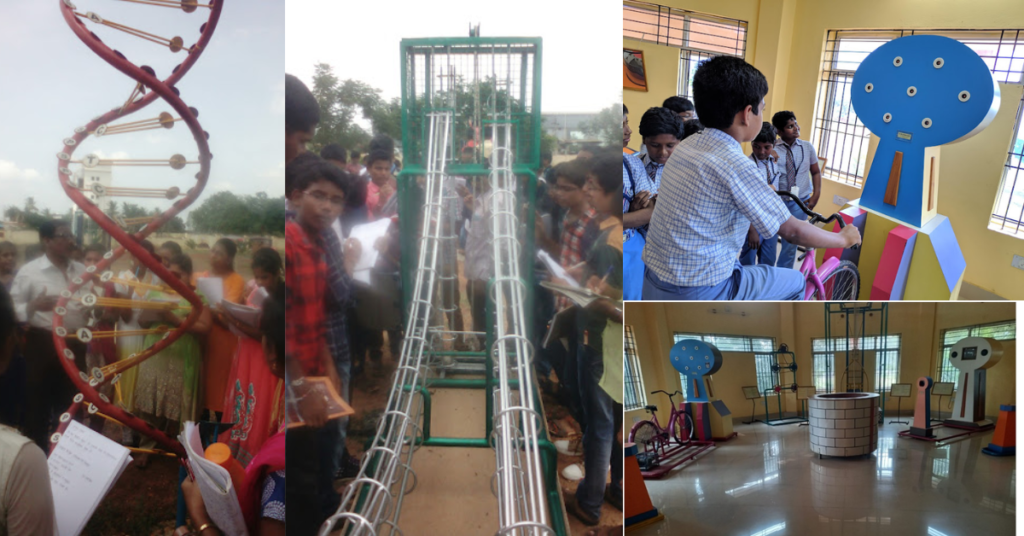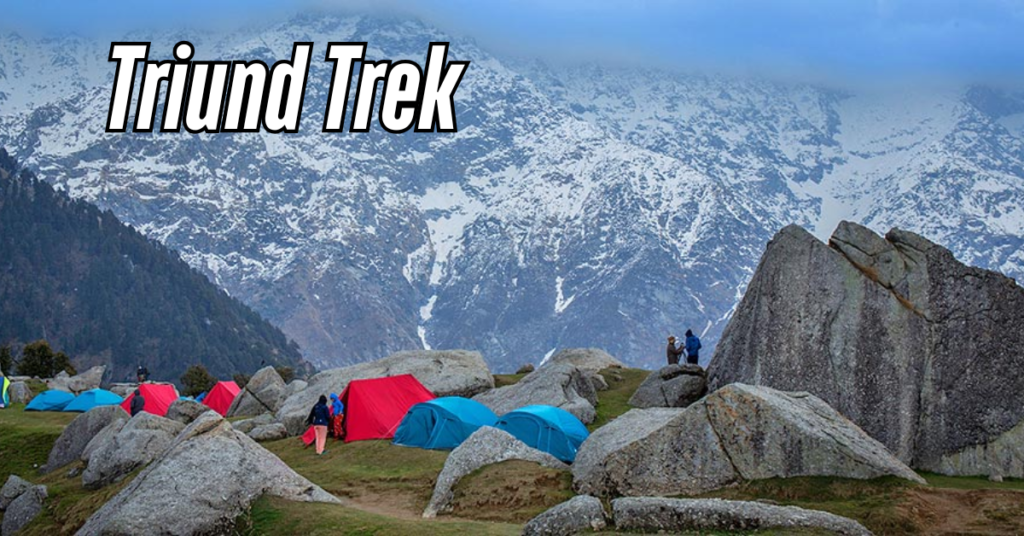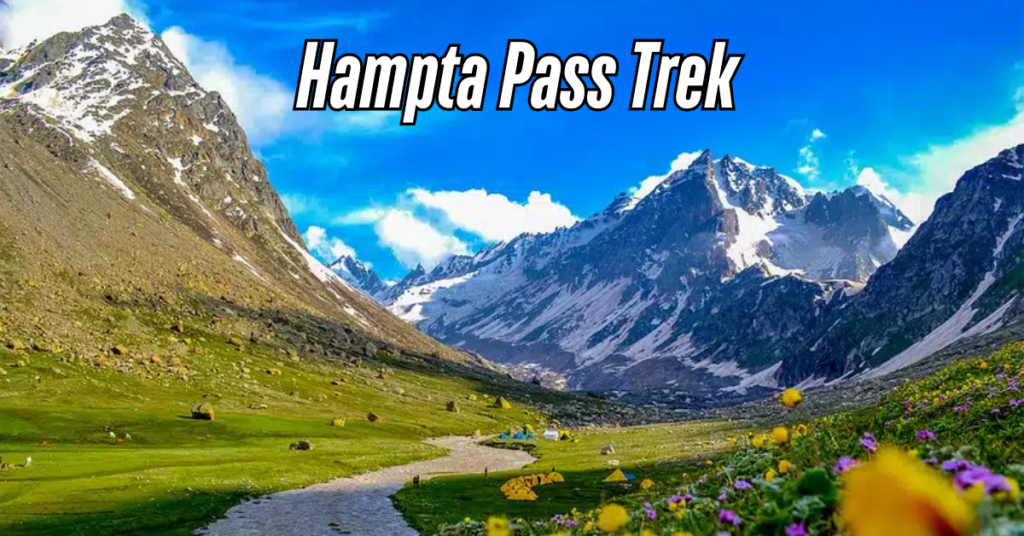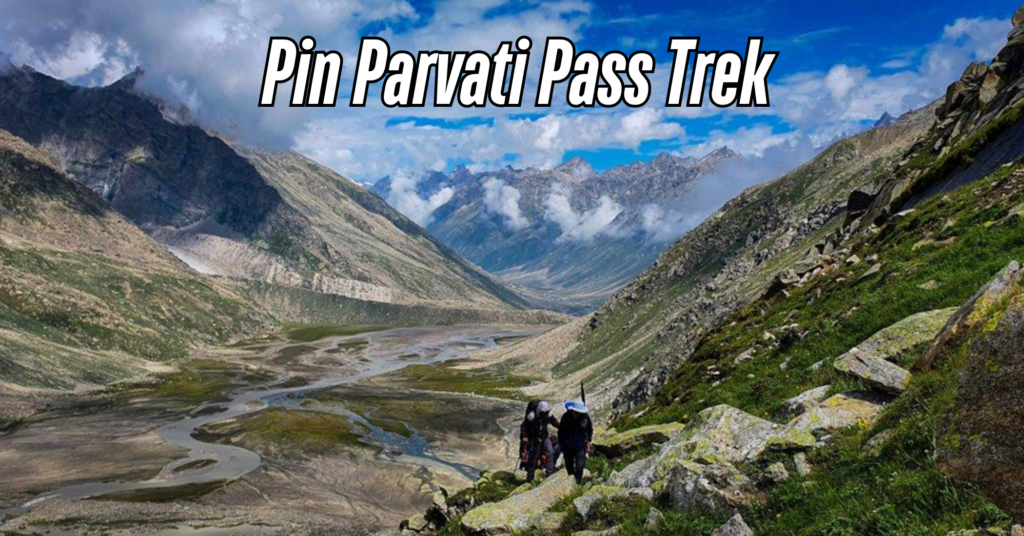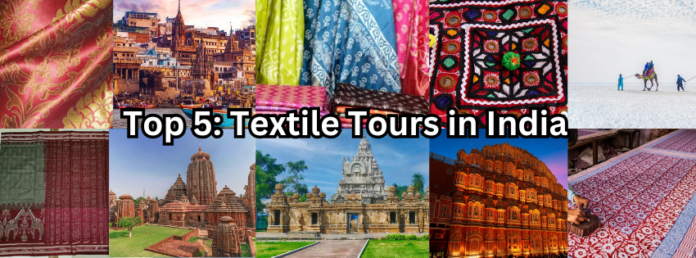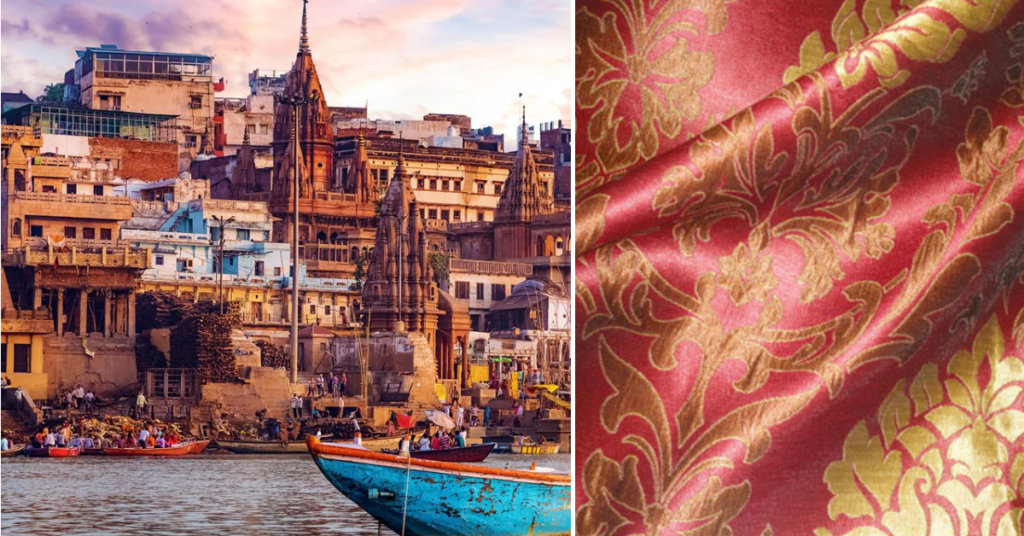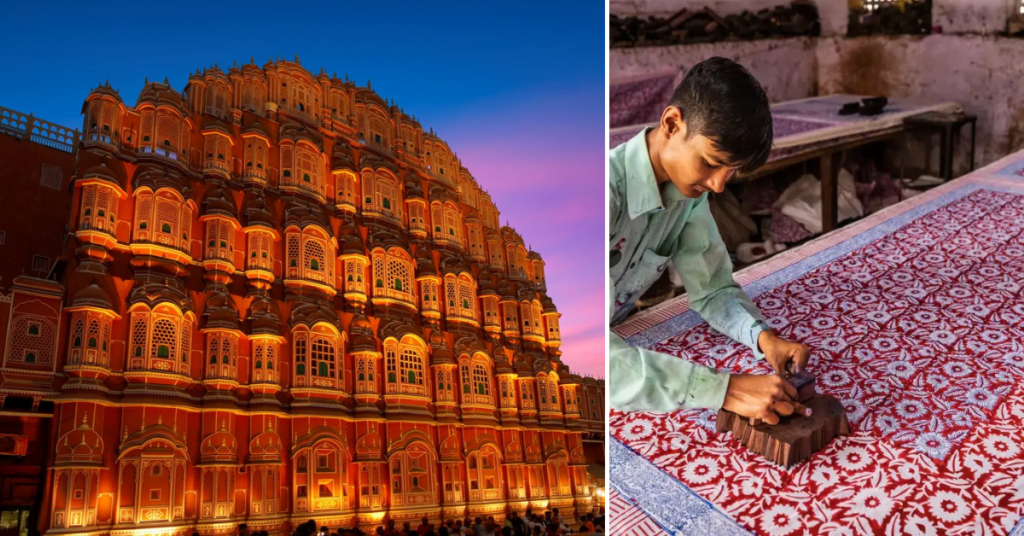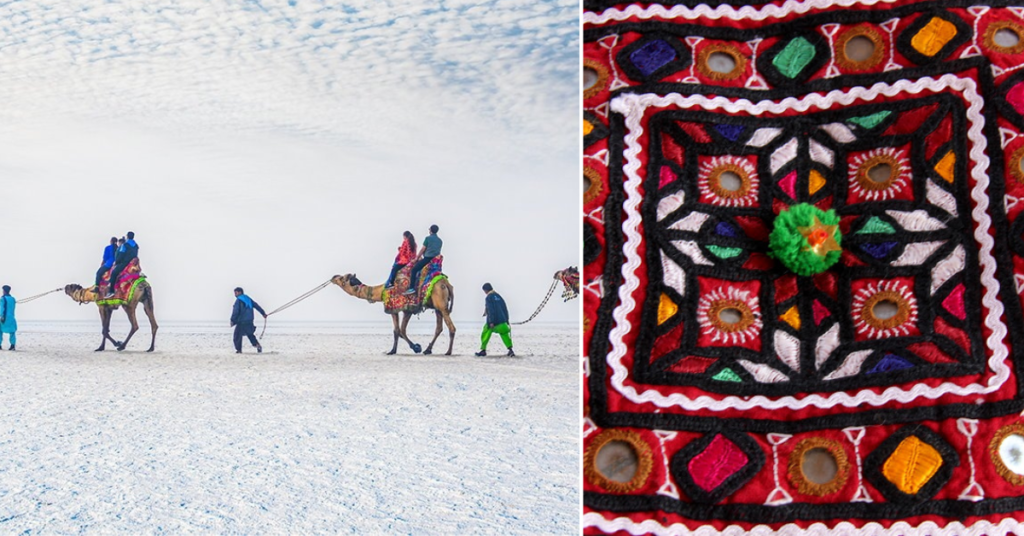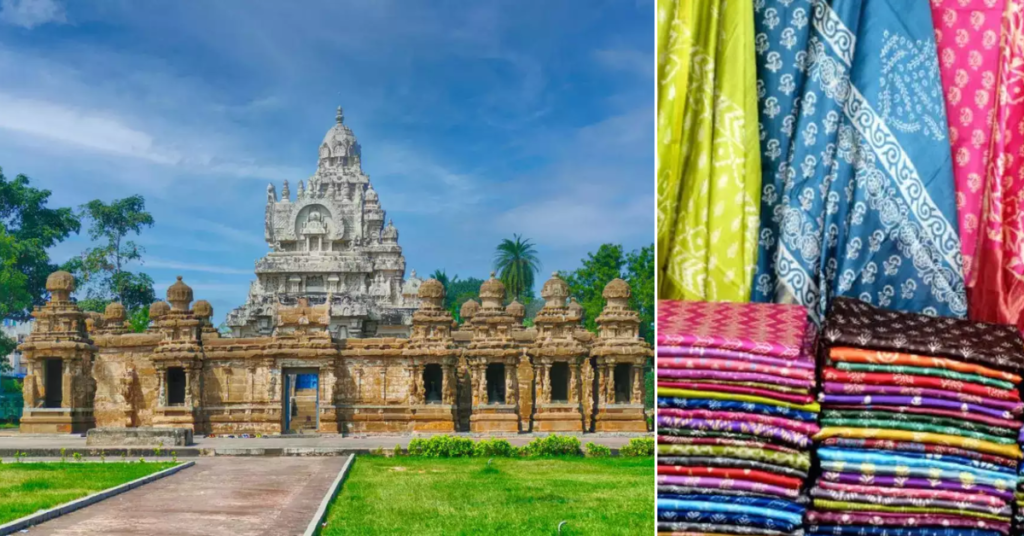India’s aviation industry has grown exponentially, offering travelers a mix of budget-friendly, luxury, and regional flight options. Whether you’re a frequent flyer or planning your first trip, choosing the right airline can make all the difference. In this article, we’ll explore the top 10 airlines in India for 2025, highlighting their unique features, fleet size, key routes, and why they stand out in a competitive market.
1. Introduction to India’s Aviation Industry
India’s aviation sector is the third-largest domestic aviation market globally, serving over 140 million passengers annually. With a blend of full-service carriers, low-cost airlines, and regional operators, Indian airlines cater to diverse travel needs, from business trips to backpacking adventures. The industry is also witnessing a transformation, with mergers (like Vistara-Air India), new entrants (Akasa Air), and a focus on sustainability.
2. Top 10 Airlines in India (2025)
1. IndiGo

- Founded: 2006
- Fleet Size: 300+ aircraft (primarily Airbus A320/A321)
- Key Routes: Delhi, Mumbai, Bengaluru, Hyderabad, international hubs like Dubai and Singapore.
- Why Fly IndiGo?
- India’s largest airline by market share (60%+).
- Renowned for punctuality and affordable fares.
- Offers “IndiGo 6E Prime” for priority services.
2. Air India

- Founded: 1932 (Revamped under Tata Group in 2022)
- Fleet Size: 120+ aircraft (including Boeing 787 Dreamliners).
- Key Routes: Major Indian cities, plus long-haul destinations like New York, London, and Tokyo.
- Why Fly Air India?
- Extensive international network.
- Premium amenities: lie-flat seats, gourmet meals.
- Part of Star Alliance, offering global connectivity.
3. Vistara
- Founded: 2015 (Joint venture: Tata Group & Singapore Airlines)
- Fleet Size: 60+ aircraft (Airbus A320neo, Boeing 787).
- Key Routes: Delhi-Mumbai, Delhi-Singapore, Mumbai-Dubai.
- Why Fly Vistara?
- India’s only 5-star airline (Skytrax 2022).
- Three-class cabin: Economy, Premium Economy, Business.
- Complimentary meals and curated entertainment.
4. SpiceJet
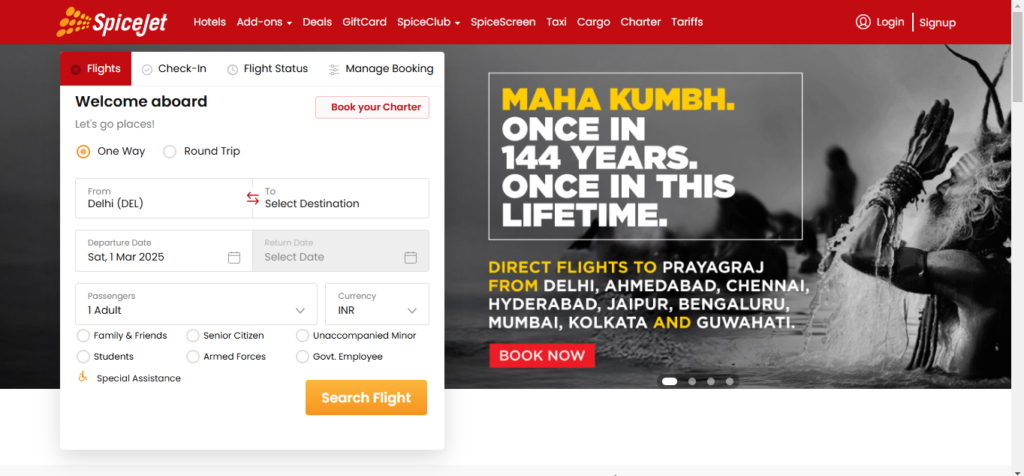
- Founded: 2005
- Fleet Size: 90+ aircraft (Boeing 737, Q400 turboprops).
- Key Routes: Tier-2 cities like Jaipur, Srinagar, and Guwahati.
- Why Fly SpiceJet?
- Budget-friendly fares with frequent discounts.
- Strong regional connectivity via SpiceXpress (cargo).
- “SpiceMax” for extra legroom and priority check-in.
5. AirAsia India
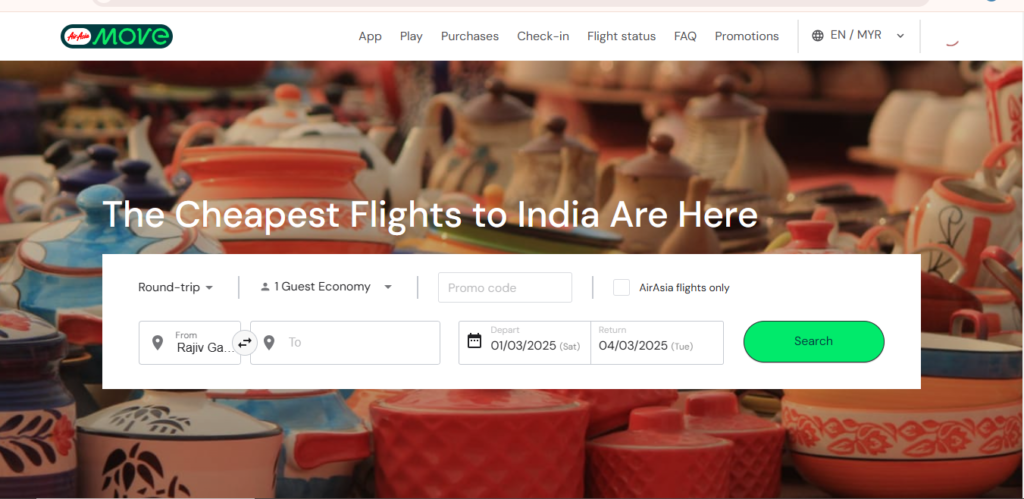
- Founded: 2014 (Joint venture: Tata Group & AirAsia)
- Fleet Size: 30+ aircraft (Airbus A320).
- Key Routes: Bengaluru, Goa, Kochi, Pune.
- Why Fly AirAsia India?
- Ultra-low-cost carrier with dynamic pricing.
- Seamless connections to AirAsia’s Southeast Asia network.
- “Premium Flex” for flexible bookings.
6. Akasa Air
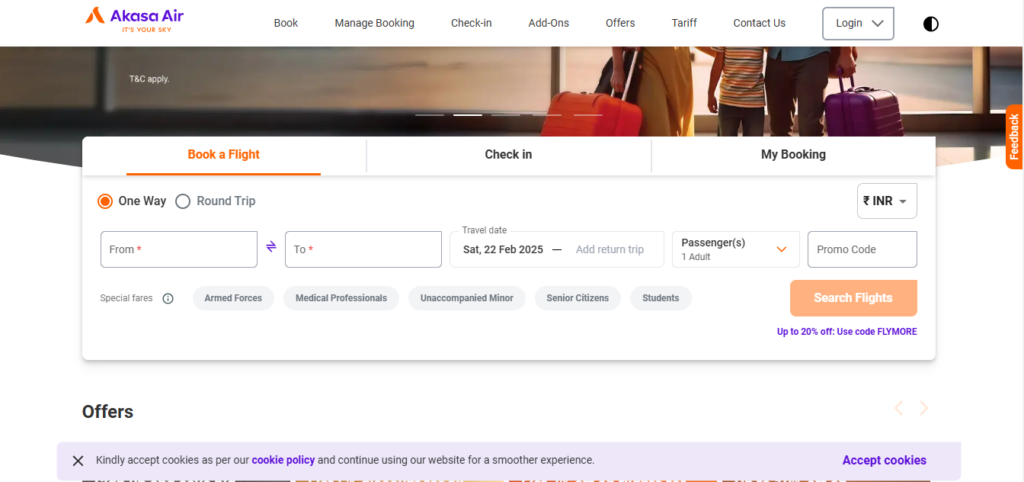
- Founded: 2022
- Fleet Size: 20+ aircraft (Boeing 737 MAX).
- Key Routes: Mumbai, Ahmedabad, Bengaluru, Chennai.
- Why Fly Akasa Air?
- India’s newest airline with a focus on sustainability.
- Affordable fares and modern fleet.
- Free snacks and beverages onboard.
7. Alliance Air

- Founded: 1996 (Subsidiary of Air India)
- Fleet Size: 20+ aircraft (ATR 72).
- Key Routes: Regional destinations like Shimla, Agra, and Jalgaon.
- Why Fly Alliance Air?
- Connects remote towns under the UDAN scheme.
- Budget-friendly for short-haul flights.
8. Go First (Currently Suspended)
- Founded: 2005
- Status: Operations suspended since May 2023 due to financial issues.
- Legacy: Known for ultra-cheap fares and punctuality.
9. Star Air

- Founded: 2019
- Fleet Size: 8 aircraft (Embraer E175).
- Key Routes: Hubli, Belagavi, Tirupati.
- Why Fly Star Air?
- Focuses on regional connectivity in Karnataka and Andhra Pradesh.
- Affordable tickets for short-distance travel.
10. FlyBig
- Founded: 2020
- Fleet Size: 3 aircraft (ATR 72).
- Key Routes: Guwahati, Shillong, Kolkata.
- Why Fly FlyBig?
- Specializes in Northeast India connectivity.
- Budget-friendly for mountainous routes.
3. How to Choose the Right Airline
- Budget Travelers: IndiGo, SpiceJet, or AirAsia India for low fares.
- Luxury Seekers: Vistara or Air India for premium services.
- Regional Travel: Alliance Air, Star Air, or FlyBig.
- International Trips: Air India (long-haul) or IndiGo (Middle East/Asia).
4. FAQs About Indian Airlines
Q1. Which is the safest airline in India?
IndiGo, Vistara, and Air India have strong safety records.
Q2. Do Indian airlines offer inflight entertainment?
Only Air India and Vistara provide seatback screens; others offer Wi-Fi or streaming via apps.
Q3. Are meals free on Indian flights?
Only full-service carriers (Air India, Vistara) include meals. Budget airlines charge extra.
Q4. Which airline has the best on-time performance?
IndiGo consistently ranks #1 in punctuality.
5. Conclusion
India’s airline industry offers something for everyone, from no-frills budget carriers to luxurious international operators. Whether you’re hopping between metros or exploring remote regions, this guide to the top 10 airlines in India will help you pick the perfect flight for your journey.
Ready to book your next trip? Explore exclusive travel deals and tips on TravellerKaka.com.


